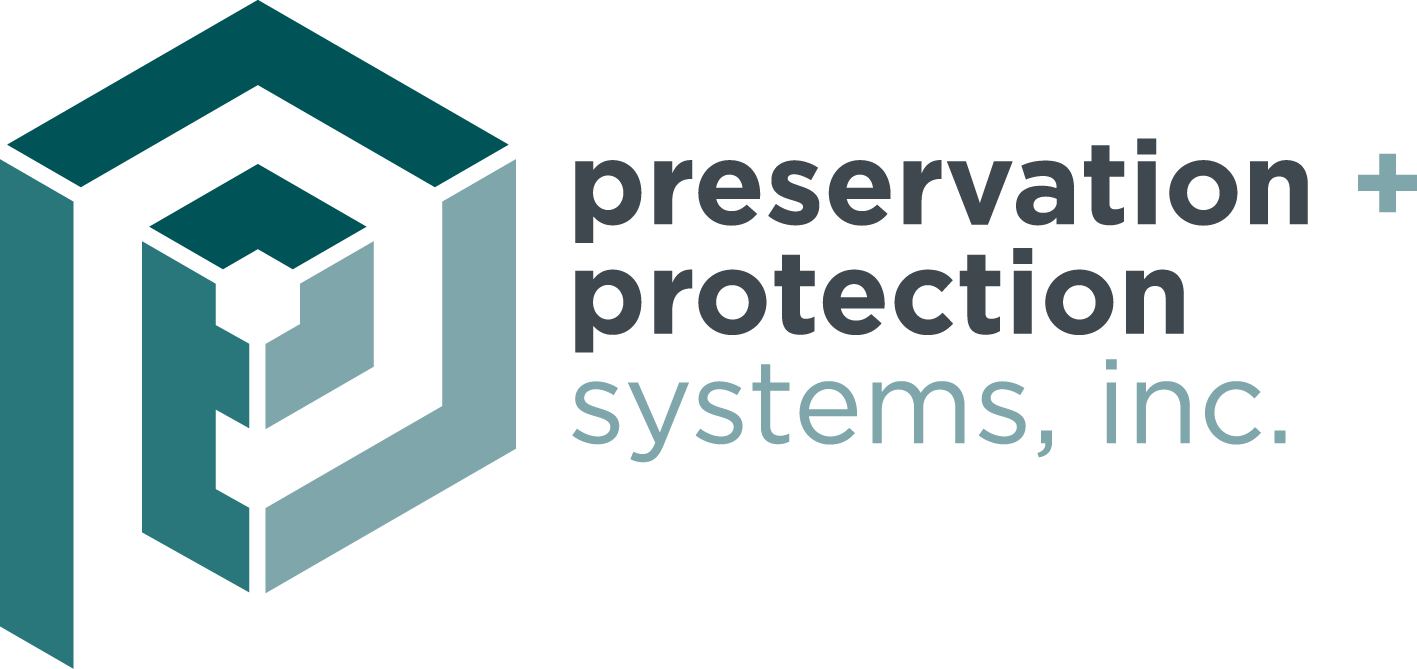The Obselecent Z Girts in Rainscreen Cladding Subframing
As rainscreen cladding took hold in the US design market, Z girts have been the staple attachment method to carry the cladding load back to the substructure or back up wall assembly. G60 and G90 galvanized Z’s were the standard behind metal panels for many years and served the structural function respectfully for many years. With all the code changes and requirements for Continuous Insulation (CI) on Light Gauge Metal Framing (LGMF), Z grits have proven to be challenging to seal for water/air tightness and very inefficient thermally.
Inefficiency and complications with sealing the breach of the air barrier
Exterior rainscreen cavities are rapidly growing in size from early designs of 1” or 2” to variable depths of 4 inches up 10 inches plus. As you cantilever the cladding load the Z girt become very week in carrying the gravity and wind loads, failing to meet the stiffness or deflection criteria of the Cladding panel design criteria. Thus the need for engineered subfaming to accommodate multiple cavity depth.
The continuous Z girt, whether Galvanized or Aluminum loses as much as 50% of the effective R Value of the CI due to thermal bridging thru the metal. The IBC definition of CI calls for continuous insulation uninterrupted other than by screws or service openings (doors and windows). If you do not meet this strict definition, designers, owners and energy modelers are requiring thermal modeling to document effective R or U values to meet the energy code.
Finally, the effective seal of the screw attachment or breach of the air barrier is becoming a major concern. Horizontal Z’s when load stressed will pull away at the top and allow water to migrate and collect between the leg of the Z and the air barrier. This is particularly problematic with permeable air barriers very common in mixed humid climates. General Contractors has started water testing the subfaming prior to cladding and are discovering leaks in the assembly especially around shims between the Z girt and the air barrier. An upside-down shim is the perfect collector of liquid water, which often follows the screw into the wall assembly. Finally, self-tapping screws will not seal when the breach the air barrier behind the Z leg again opening up the wall for water intrusion. Pre-punched subframing allows for appropriate sealant detailing at the screw attachment point.


Engineering for Earth, Wind, and Fire
In summary, any subframing system for Rainscreen Cladding should meet a balance of properties to provide long-term high-performance walls:
-
Minimize thermal bridging by incorporating a bracket and rail, allowing insulation to run continuously between brackets.
-
Punched holes in brackets to allow for sealant of screw penetration of the air barrier. Dipping the screw threads or buttering the hole prior to screw will provide a very effective seal at the penetration of the membrane.
-
Internal shimming – by punching a “thumb” into the bracket you can build into system an 1 ½’ adjustability to plan out the metal panel and eliminate any of the complicated, time consuming, poorly sealed shims behind the Z girts.
-
Variable bracket legs to accommodate any cavity depth from 2” to 11” deep systems.
-
High strength to weight ratios allowing for maximum spans or spacing of the brackets to minimum thermal bridging. Also high corrosion and fire resistance given the 50 to 100 year design life of these assemblies. Aluminum or stainless steel are ideal metals for selection, not compromised by corrosion of holes common to galvanized or fire in the case of FRP plastic girts or brackets.
-
Fully engineered assemblies with Integrated Shop Drawings coordinated with the cladding material specific to the project meeting all the wind load, dead load and deflection criteria of the panel and coordinated with the panel shop drawings to handle all the thermal and slab edge deflection criterial.
-
Thermally broken and thermally modeling provided in each design to meet the Energy Code requirements for the opaque walls.
Next Generation Subframing and the European Experience
The ECO Cladding bracket and rail assemblies, deeply rooted in the European design community with over 25 years of experience, addresses all the performance problems outlined above and should be considered for all types of rainscreen cladding design assemblies. A holistic approach to complex code requirements and wall assemblies are the best solution to sound engineering and sound design. Before we can address a holistic design, we must understand the multitude of performance requirements in our complex, demanding assemblies today.

